If you want to maintain your good health, you should know how to organize your refrigerator efficiently. Food sustains lives. Placing them in the fridge makes them last longer, retaining their nutrients for you to consume whenever you want.
While it is true that you should watch the calories you take in; you should also be mindful of how you store your food. Keeping them in your fridge properly also affects your health.
Bacteria is always a huge issue because it is present everywhere. Your food is not an exception. There are good bacteria and bad bacteria. Although good bacteria are welcome components in foods, harmful bacteria aren't. Bacteria misbehave because of their environment.
There may be occasions when you forget that you have just left food on the counter. If you leave certain dishes at temperatures between 40 °F and 140 °F, you expose them to what is called the "Danger Zone".
Bacteria thriving within that temperature range begin multiplying in a minimum time of 20 minutes. They keep increasing until they end up spoiling your dish.
The need to prevent bacteria from spoiling your food quickly resulted in refrigeration. Yet, even with a refrigerator in your home, you need to know how to use it. With proper refrigeration, you can enjoy your food up to its date of expiration.
A refrigerator does not have only one uniform temperature. Inside, it has different temperatures that you should be familiar with when it comes to food storage. The variation in temperatures is the reason a fridge has different zones. The food you store in your fridge depends on how you know your refrigerator's complete layout.
Upper Shelves
Generally, the upper shelves of every refrigerator have a more constant temperature than the lower shelves. This is still a fact in even modern fridges.
Commercial kitchens use this rule in organizing their ingredients. The kitchen professionals ensure that they maximize the use of their refrigerator's upper shelves by storing raw foods there. They then use the lower shelves for food that should be cooked first.
The general rule of a thumb for most refrigerators today is that their upper shelves have the most constant temperature, while the lower ones are cold.
Remember that your top fridge shelves should be filled with the following:
- Herbs
- Leftovers
- Drinks
- Ready-to-eat foods such as tortillas, yogurt, deli meats, and cheese
You should always refrigerate dairy foods in their own packaging. If you transferred them to another container, make sure that the container is airtight. If you have hard cheese, wrap them in cellophane or plastic wrap.
For leftovers, divide them into more than one small container so that they can cool down separately. Take note that some bacteria spores live through the cooking process. When you divide your leftovers in smaller containers, they cool more quickly, preventing bacteria from multiplying.
Lower Shelves
The lower refrigerator shelves are cool, making them suitable for storing fresh ingredients like seafood and raw meats.
Before storing these items, remember these two major issues:
- Poultry, raw meat, and fish are carriers of various harmful bacteria strains that can contaminate other grocery items in your fridge.
- Raw meats are not usually packaged in sealed containers. The butcher merely wraps them in some parchment or plastic bag. When you get home, try your best to prevent raw meat from touching the surfaces of your fridge. You can do this easily by placing your wrapped meat on a plate or even in airtight food containers.
It is best to keep an area of your fridge exclusive for raw pieces of meats. This will prevent other grocery items from touching them. It will also keep you safe when you touch other grocery items in your fridge.
Doors
The warmest areas in your refrigerator are its doors. You should only store foods there that are resistant to spoiling. Unfortunately, fridge doors have certain flaws in design:
One example is that most fridge manufacturers think that the doors are ideal for storing eggs. That is why they put egg trays on the fridge doors. The truth of this is that eggs should be placed in the middle section of your fridge.
Even if your refrigerator doors have hints that tell you to put milk and cream containers there, please don't do it. They may seem to be like perfect locations for dairy-based drinks, but they are not.
You should put your milk in the colder parts of your fridge. Place your cartons of milk on the top shelves together with the other dairy items.
Use your refrigerator doors for storing:
- non-dairy beverages
- condiments.
Crisper Drawers
I have discovered that crisper drawers are also misused. This is also because of the manufacturer. A crisper drawer is a closed environment that can keep a small amount of moisture. It does seem to be an ideal place for veggies and fruits.
Yet, crisper drawers are usually situated at the bottom of refrigerators, which could make them suitable for raw meats, too.
Well, if you're lucky to have two crisper drawers, you can place your produce at the top crisper drawer and the meats at the bottom. If you have crisper drawers beside each other, then put the produce and meats in separate drawers.
If you have just one crisper drawer, you should only make the divisions on your own.
Here are the two principles to follow:
- Place your meats at the bottom. Bacteria in raw meats are detrimental to your health. It is best to put your meat products at the bottom of your fridge to keep them from contaminating other items in your fridge.
- Separate your vegetables and fruits. Fruits such as plums, pears, peaches, and apples have a compound called ethylene, which ripens them. If fruits sit beside your vegetables, your veggies will spoil prematurely. It is best to keep fruits and vegetables separate.
Please take note that it's advantageous for your produce to get that moisture in the crisper drawer. But excessive moisture can trigger rotting.
If you plan to rinse your produce, dry them off with paper towels first before storing them in your crisper drawer. Lining the drawer with paper towels can also help absorb excess moisture from newly washed produce.
Additional Tips
Below are some tips that can help you organize your refrigerator more efficiently so that you can keep your food in there longer:
1 Buy food that's only good for two days.
Your fridge circulates cold air to keep your food cold. If you overfill your fridge, you will interrupt the proper circulation inside. This makes it extremely difficult for your fridge's motor.
Clean your fridge regularly.
It would help if you cleaned it right away with hot water with a little bit of mild soap for spills. Rinse it and dry thoroughly. You should clean your fridge once a week and throw out any food that you cannot consume anymore.
2 Eliminate the odor
You can detect spoilage easily through smell. You cannot easily spot the source of a strange odor if your fridge is filled with odors. Get rid of the fridge odors by wiping your fridge interiors with a vinegar and water solution. Wash it with a water and baking soda mixture. Then, put some newspaper rolls in your fridge for two days and then repeat the vinegar-water wipe down. To ward off future odors, place an opened container of baking soda on one of your fridge shelves.
3 Stick to the 2-hour rule
Cook, serve and consume foods you took out of the fridge within two hours. It is also best to eat all leftovers in the next couple of days.
4 Make your fridge a perfect fit for you
Many modern fridges have removable shelves and small drawers. You can make your fridge suit your needs. Arrange your shelves based on what you consume. I strongly advise taking out the egg tray because it cannot help you at all.
5 Read the food package instructions
Take the time to read the foods you buy. Some of them might require more attention during refrigeration.
Most of us see the fridge as just a box you use to keep your food from going bad. Yes, it is simple, but it still has some important rules. If you want your fridge to become efficient, follow the rules that come with it.
As you monitor your health and nutrition, don't forget that keeping your fridge in tip-top condition is a crucial component of a healthy lifestyle. After all, you cannot consume spoiled food. If you know how to organize your refrigerator efficiently, then you're on your way to a cleaner and safer eating.

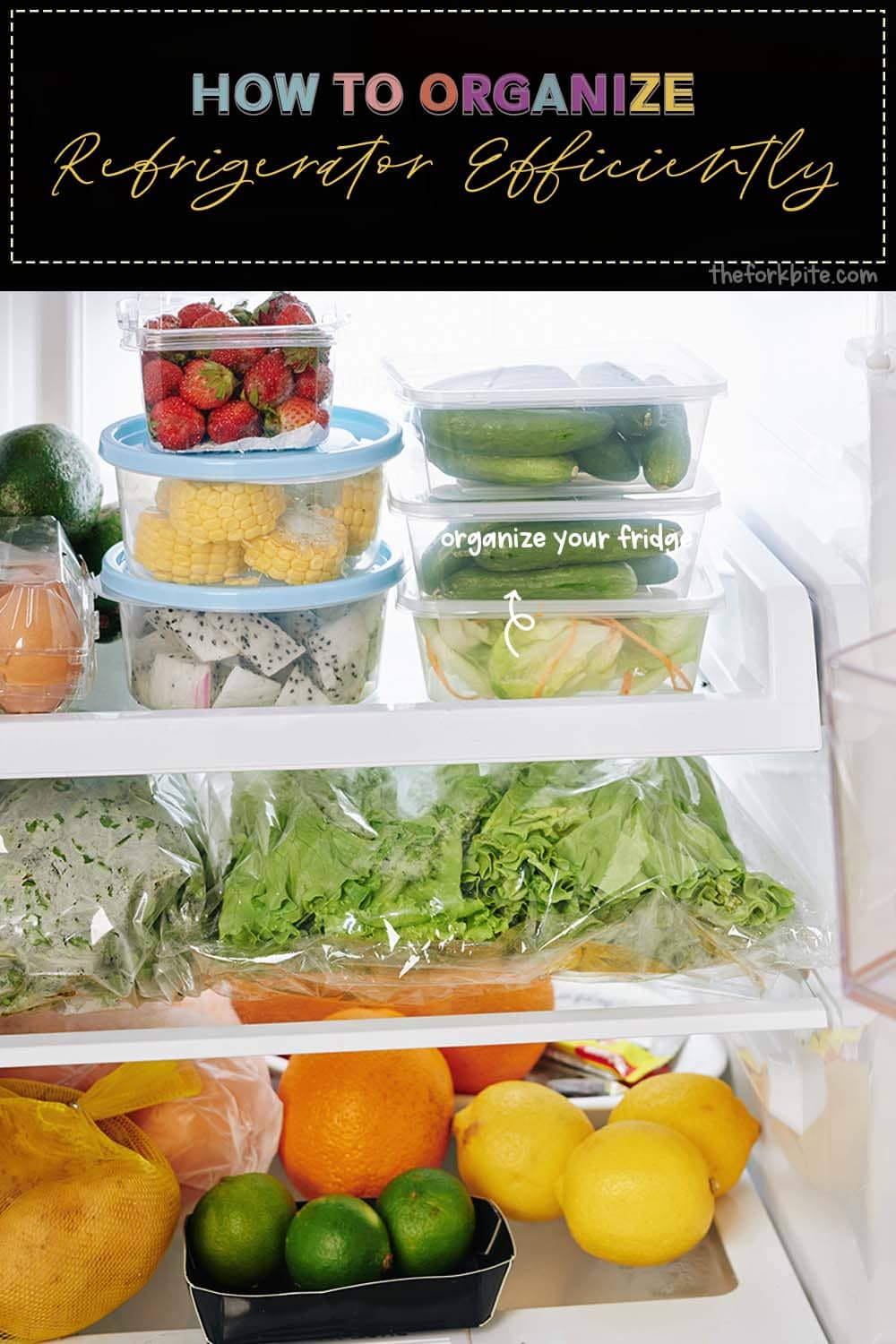
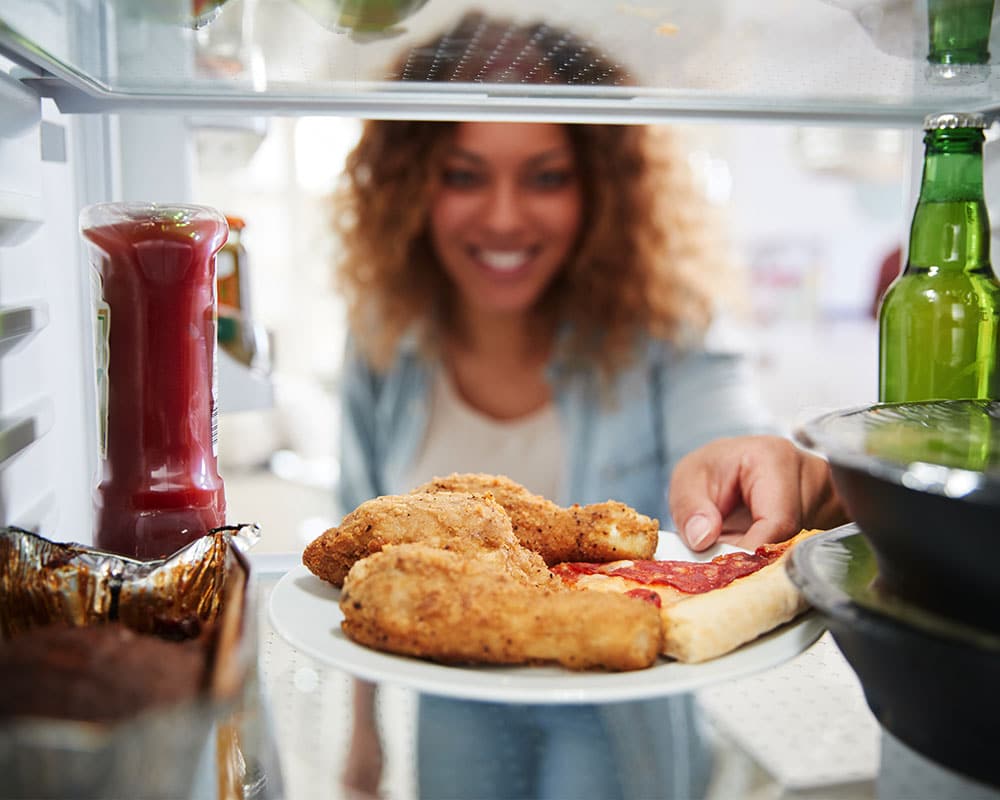

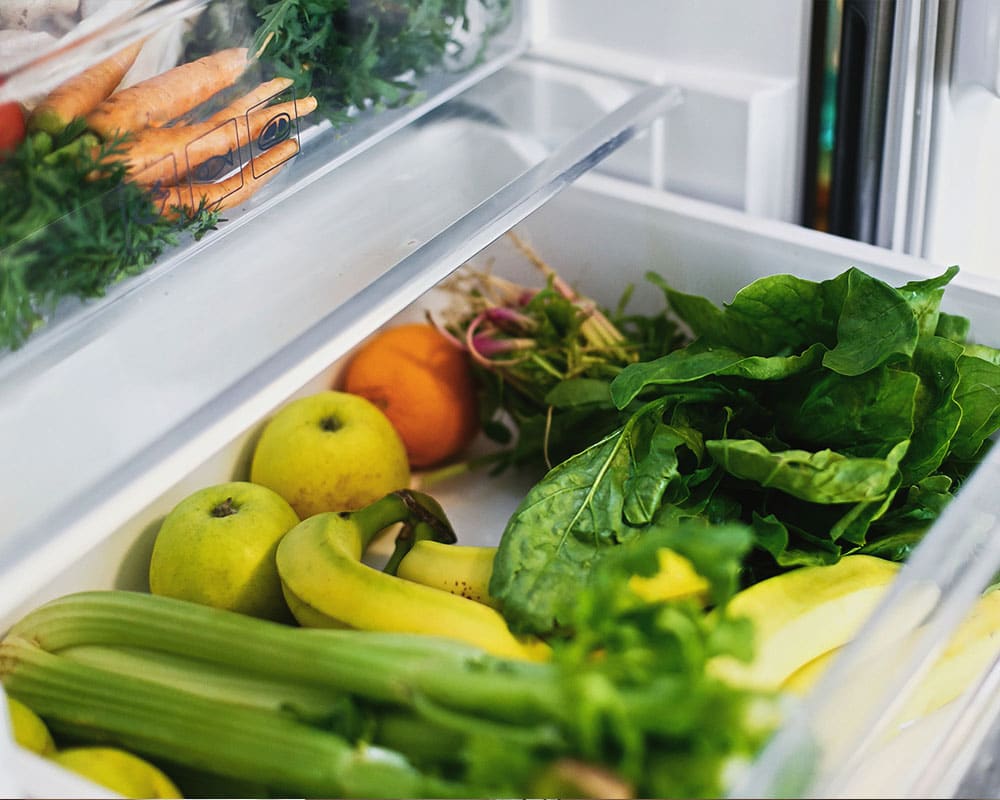

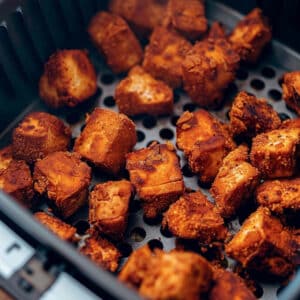

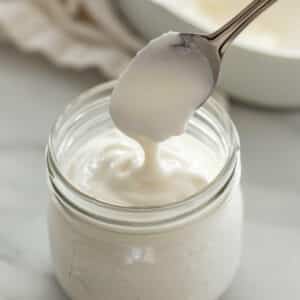
Alice Carroll says
Thanks for the tip about how the two-hour rule will help me be more efficient when dealing with food products stored inside a refrigerator. I plan to open my own small sandwich making business someday so I'm trying to familiarize myself with all sorts of refrigerator parts. Proper food preservation would definitely be something I will need to master.